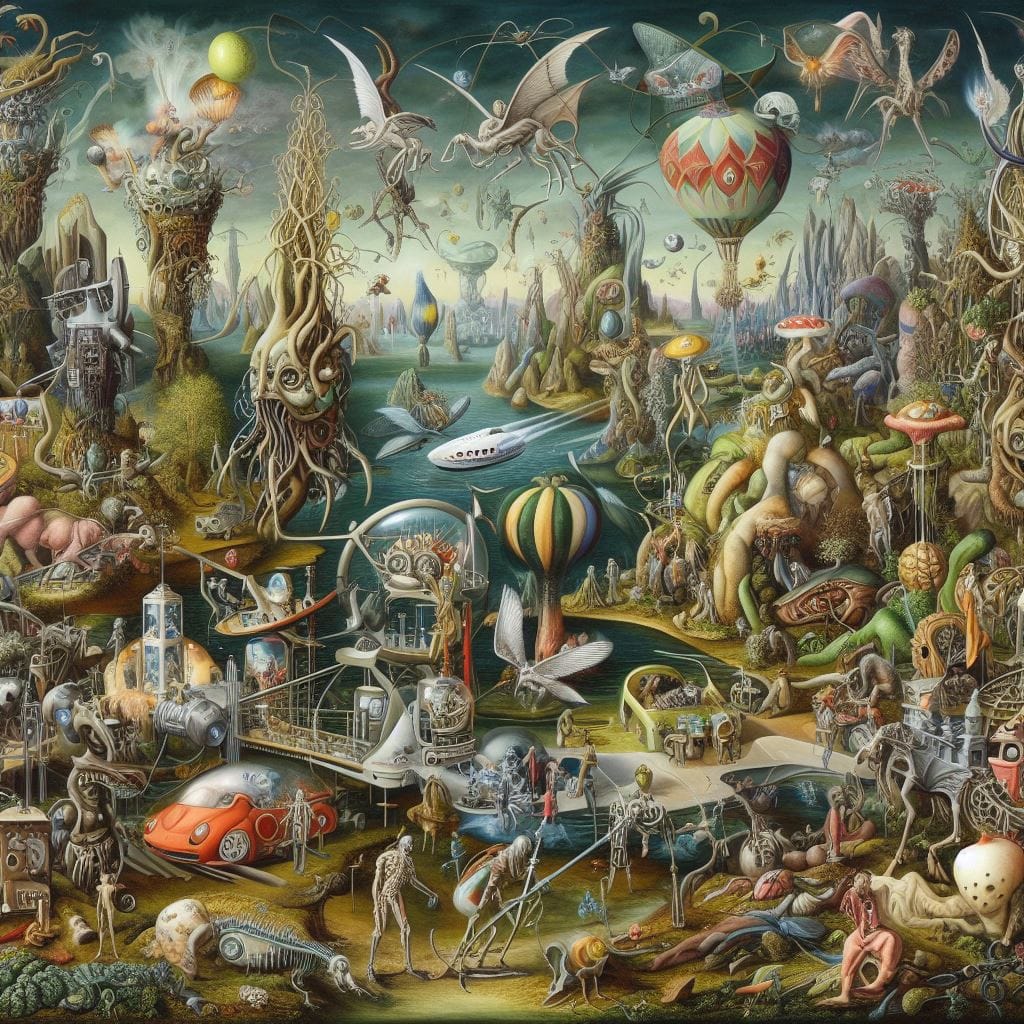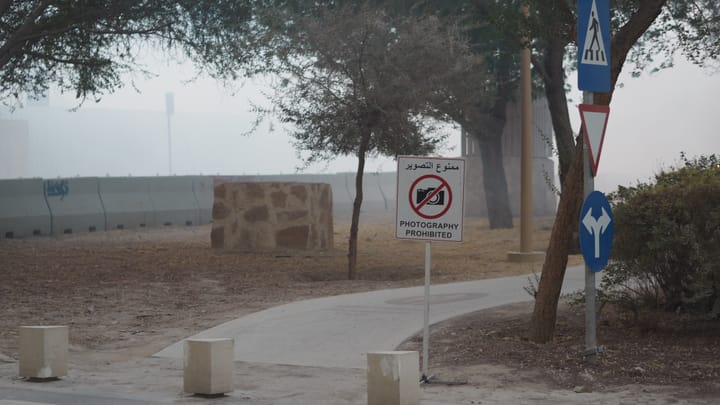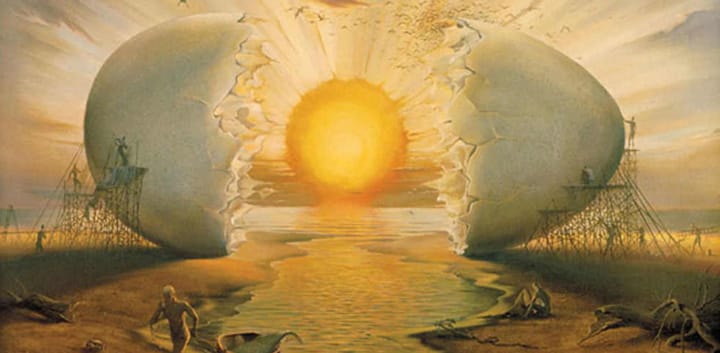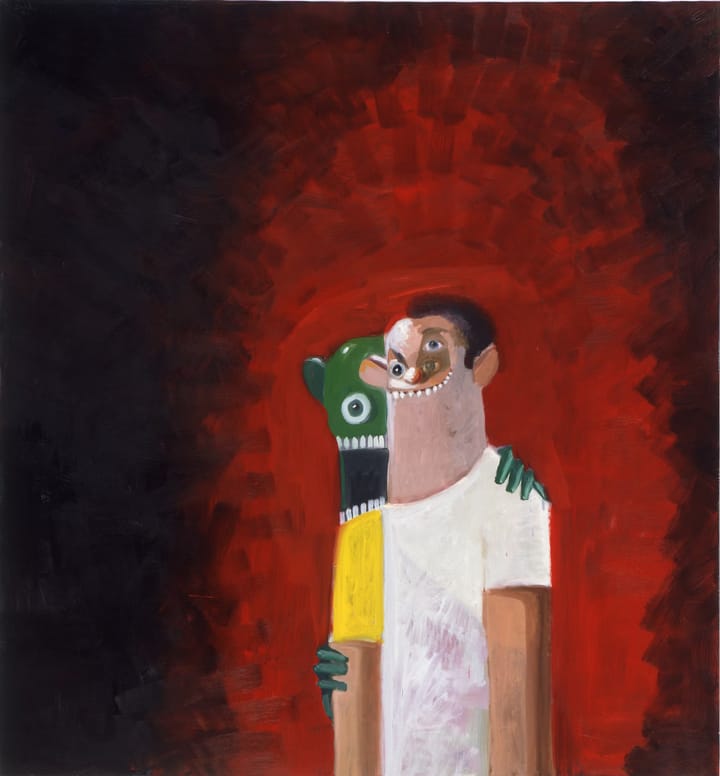AI resource: schematic based on Minus workshop 7, part 1

1. Gesture and embodied perception
Gesture opens perception to duration: it is naturalistic but not representational, outside the closure of recognition. It embodies an immediacy that resists capture. This perceptual openness is already political because it interrupts habits of thought and the symbolic systems that seek stability.
2. Culture as symbolic stability
Historically, culture conserved symbolic stability. Its role was to reproduce forms, values, hierarchies—anchoring society in continuity. Aligned with the Right, it worked toward species stasis: conserving not only social order but the libidinal economy that subordinated sexual selection (imagination, desire, disruptive attraction) to competition and reproduction (fitness, rivalry, order).
3. Avant-garde rupture
The early 20th-century avant-gardes did not recombine—they smashed. Their violence mirrored the technological and scientific wars of their time, but with the aim of forcing renewal, releasing blocked libidinal energies, unbinding desire from the strictures of symbolic stability. The Left identified with this project: progressive destruction in the name of vitality, equity, and the liberation of desire from stasis.
4. Postmodern recombination
Postmodernity followed not as destruction but as recombination. Picking over the debris of smashed forms, it practiced montage, collage, pastiche: recombining fragments of thought, culture, and libido. Yet in this recombination the disruptive force of imagination was neutralised. Desire became stylised, circulated, and commodified rather than released.
5. AI as recombinatory technology
AI belongs squarely in this postmodern register. It recombines fragments of human thought—but only after thought has been destroyed, reduced into data, rendered fragmentary. It presupposes destruction while presenting itself as continuity. It is a recombinant machine of culture and libido, but one that channels imagination back into repetition, recognition, and predictable organisation.
6. The Right’s opportunistic turn
Historically aligned with symbolic stability and species stasis, the Right in the early 21st century discovered imagination without scruple. It allied with technology and disruption, not for renewal but for toxification. This is not the Left’s destructive liberation of desire but a cynical, opportunistic play: weaponising libido through shame, ressentiment, and competitive selection rather than attraction or vitality. This turn produced anti-culture—a post-shame order where politics collapses, where imagination becomes a tool of ruin rather than resistance.
7. The war on the imagination
Thus the war on the imagination operates on two fronts:
- Through AI, which recombines and captures imagination by reducing thought to fragments.
- Through the Right’s anti-cultural turn, which toxifies political space and libidinal economies, subordinating desire once again to competition and ressentiment.
What is lost is the imaginative rupture—the gesture, the break from habit, the moment when perception opens into duration. Here lies the real terrain of resistance: rediscovering imagination not as recombination but as rupture, desire not as rivalry but as attraction, perception not as recognition but as opening.


